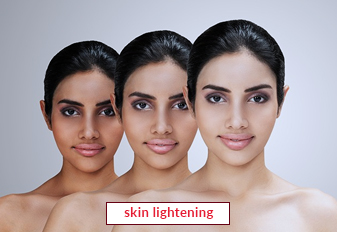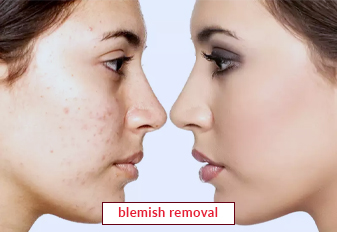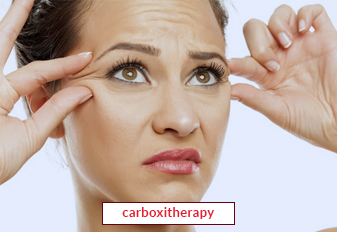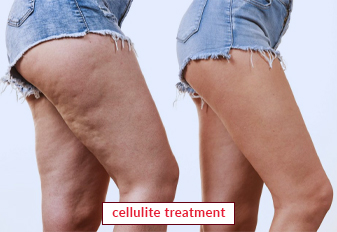Skin Lightening

Skin lightening is a cosmetic procedure that aims to lighten and even out the complexion by reducing the production of melanin, the pigment responsible for skin colour. This procedure is sought after by individuals who wish to address hyperpigmentation, dark spots, uneven skin tone, or to achieve an overall brighter and more radiant complexion. In this article, we will explore the concept of skin lightening, its significance in dermatology, and the various procedures involved in achieving a lighter skin tone.
Book an AppointmentAbout Skin Lightening
Skin lightening, also known as skin whitening or depigmentation, refers to the process of reducing melanin production in the skin. Melanin is produced by specialised cells called melanocytes and determines the colour of our skin, hair, and eyes. Skin lightening procedures work by inhibiting the activity of melanocytes or reducing the production of melanin, resulting in a lighter complexion.
Procedure of Skin Lightening
-
Topical Creams and Lotions: Over-the-counter and prescription-grade topical creams containing ingredients such as hydroquinone, kojic acid, arbutin, retinoids, or corticosteroids can be used for mild to moderate skin lightening. These products work by inhibiting melanin production, exfoliating the skin, and promoting cellular turnover. It is essential to use these products under the guidance of a dermatologist to ensure safe and effective use.
-
Chemical Peels: Chemical peels involve the application of a chemical solution to the skin, which exfoliates the outermost layer and promotes the growth of new, lighter skin cells. Chemical peels can help improve skin tone, reduce hyperpigmentation, and create a more even complexion. The strength and depth of the peel will depend on the severity of the pigmentation and desired results.
-
Laser or Intense Pulsed Light (IPL) Therapy: Laser or IPL treatments emit specific wavelengths of light that target excess melanin in the skin. The light energy is absorbed by the pigmented cells, fragmenting them and triggering the body's natural healing response. This leads to a gradual lightening of the treated areas and improvement in skin tone and texture. Multiple sessions may be required to achieve desired results.
-
Microdermabrasion: Microdermabrasion is a non-invasive procedure that uses a specialised device to gently exfoliate the skin's surface, removing dead skin cells and stimulating cell turnover. This can help reduce the appearance of superficial pigmentation, smooth out rough texture, and promote a more even skin tone.
-
Intravenous Glutathione: Intravenous (IV) administration of glutathione, a naturally occurring antioxidant, has gained popularity for its potential skin lightening effects. Glutathione is believed to reduce melanin production and promote a lighter complexion when administered intravenously. However, further research is needed to fully understand its efficacy and safety.
Require Assistance?
Get A Quick Callback From Our Healthcare Experts






